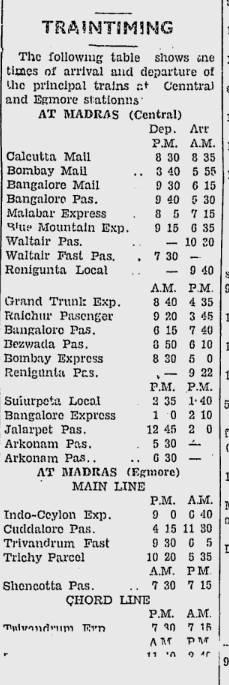Key Features of the 1935 Budget:
Revenue and Expenditure: Revenue for the financial year 1934-35 was ₹87.93 crore (estimated), while expenditure was ₹90 crore, leaving a deficit of ₹2.07 crore.
Customs, excise, and income taxes were primary sources of revenue, with customs yielding ₹22 crore and excise contributing ₹18 crore.
Deficit and Debt Management: Efforts to reduce debt were highlighted, with ₹3 crore allocated for debt reduction.
Comparisons to previous years show a focus on improving fiscal stability and balancing loans.
Taxation: No significant relief was provided to overburdened taxpayers, as noted in Assembly debates.
Adjustments were minor, benefitting mainly government servants (high and low).
Income-tax revenue was projected to improve by ₹1.5 lakh due to economic growth.
Surplus Allocation:The surplus funds were directed toward rural welfare programs, railway improvements, and agricultural grants.
Defense budgets saw increases for reorganization and modernization.
Sectoral Allocations:₹2.5 crore was reserved for rural economic development.
Funds were allocated for education, research, and infrastructure improvements.
Bengal-specific funds were included, with ₹1 crore allocated for flood relief.
Borrowing Programs: Borrowing plans involved loans to meet shortfalls, with a focus on managing public debt responsibly.
Revenue from railways was reinvested into infrastructure expansion.
Public Reaction: Criticism arose regarding the lack of taxpayer relief.
The focus on government employee benefits drew mixed responses in the Assembly.








No comments:
Post a Comment